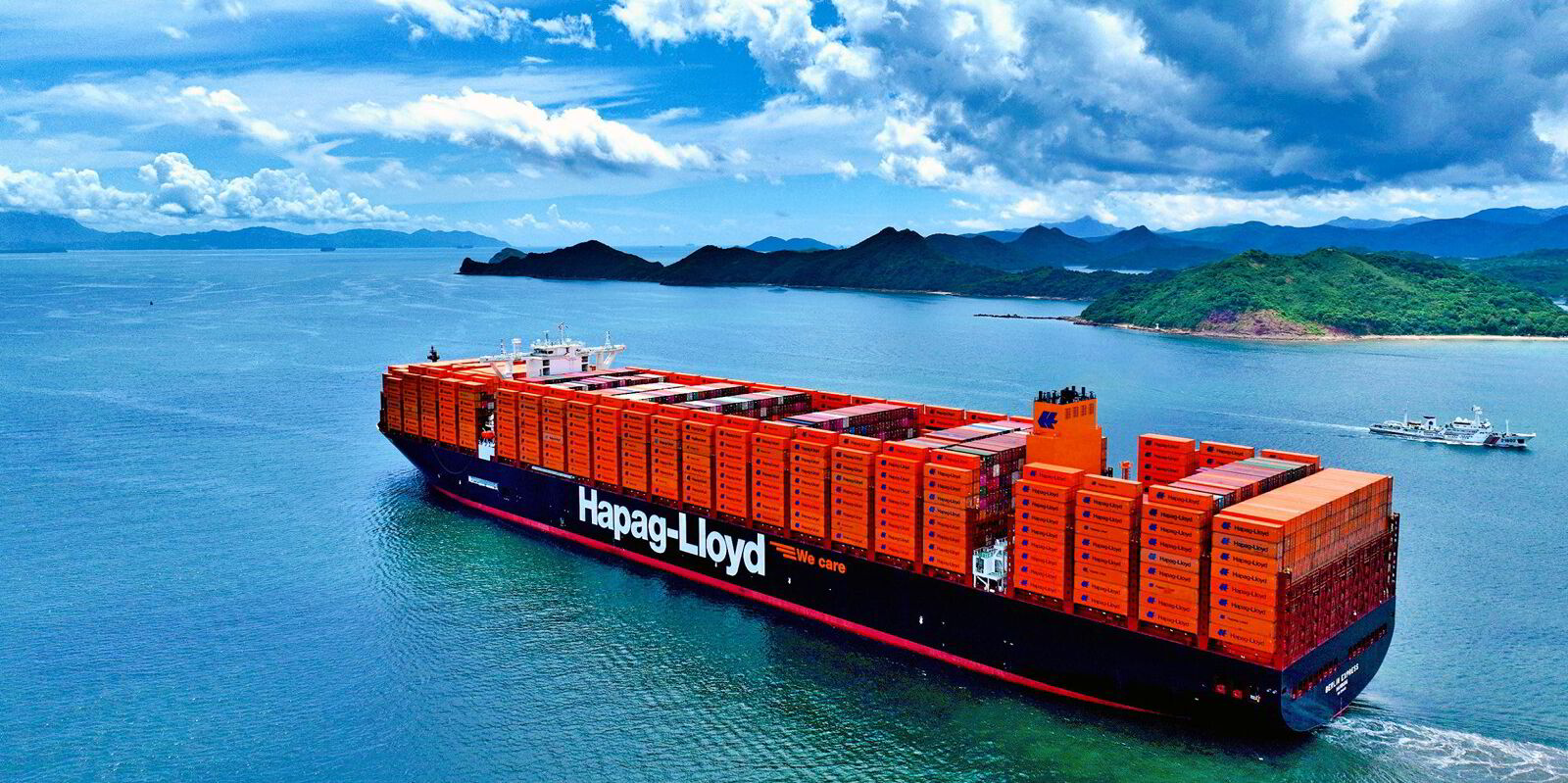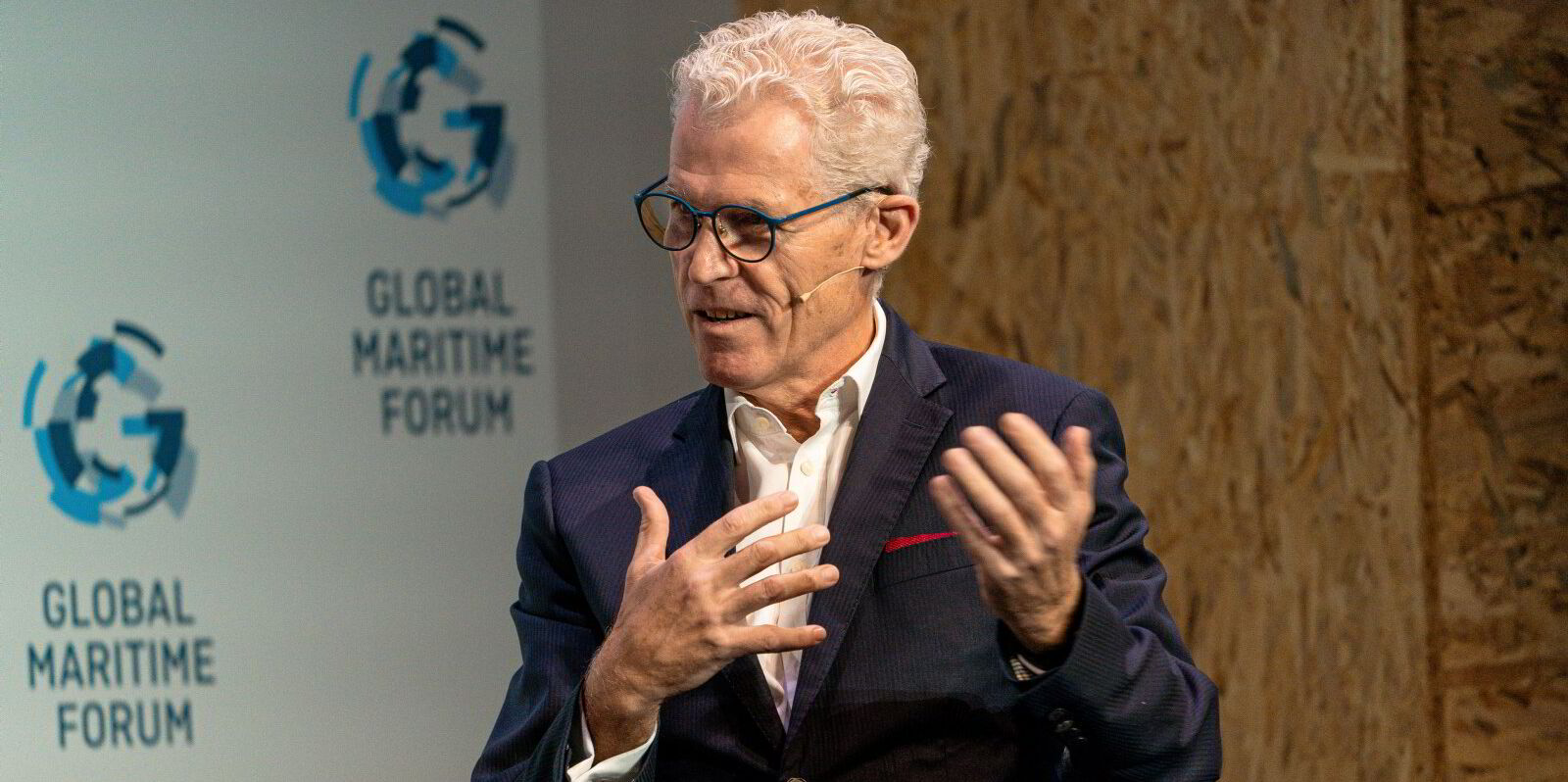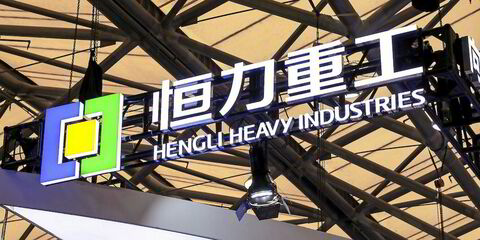Boxship charter markets are still on a roll — despite a weakening freight market.
Demand for larger container ships remains strong after new alliance structures unveiled last week have seen liners renew their hunger for ships.
Several mainline operators including Gemini Cooperation partners AP Moller-Maersk and Hapag-Lloyd have been taking vessels for forward positions in the first half of 2025 and even through to 2026.
That reflects a shortage of ships in the spot market, where carriers’ hopes that the charter market would follow the freight market into a tailspin have fallen flat.
Danish liner giant Maersk has extended charters for two baby-panamax vessels from Greek owner Costamare for fixtures starting next year.
The 4,506-teu Dyros (built 2008) and 4,250-teu Virgo (built 2009) have been forward-fixed for two years from April 2025.
Rates in excess of $35,000 per day have reportedly been obtained, which is less than more prompt fixtures might have obtained.
Wide-beam trio
Hapag-Lloyd, which will form a new alliance with Maersk next February, has secured three 5,000-teu vessels on three-year charters, starting from late 2025 and early 2026, say brokers.
The German operator is reported to have paid over $35,000 per day for fixtures starting in April to November 2025.
The fixtures match the description of three Danaos-owned ships currently on charter to Hapag-Lloyd comprising the 5,466-teu Euphrates (built 2014), Wide India and Wide Juliet (both built 2015).
Those vessels will be coming off pandemic-level charters secured in December 2021 at $55,000 per day.
Separately, US liner operator Matson has again been actively securing an extension of a Navios Corp-controlled vessel.
The 4,254-teu Matson Oahu (built 2008) is reported fixed for another three years at a rate of $35,000 per day, starting from November.
That is around $3,000 per day higher than a similar vessel chartered the week before, say brokers.
A shortage of larger charter market sizes coming open this year has effectively forced liner operators to compete for ships coming open next year.
That includes smaller panamax sizes where Maersk is also active.
The Danish operator has taken the 3,534-teu Pescara (built 2010) for two years from NSC Schiffahrts of Germany at $27,750 per day, say brokers.
That is slightly down on more recent fixtures as the charter is slotted to begin in December.
Rates for smaller tonnage have not yet moved by much but could benefit from the strength of the market for larger vessels.
A tale of two markets
The resilience of the container ship charter market contrasts with that of the freight market, where rates have slid by one-third in the past two months.
Both freight and charter markets peaked in early July, but only the freight rates have come off, while charter earnings have barely budged.
Clarksons average container ship earnings stand at $39,817 per day, roughly in line with where they were in July.
That is also double where average charter rates stood one year ago.
That contrasts with the freight market where spot rates have slid from $3,733 per teu in early July to $2,510 per teu last week, according to the Shanghai Containerized Freight Index.
The charter market is expected to benefit from the series of new alliances and networks unveiled by liner shipping operators last week.
“The new competitive landscape may evolve into a battleground among the various alliances, focusing on optimising networks while defending or expanding market share,” notes Braemar in its weekly report.

“This could lead to a rise in the charter market as operators compete for the limited available vessels in specific segments or sizes,” it added.
The charter market remains prone to the uncertainty of the Red Sea reopening, which will significantly impact the supply side again.
Other uncertainties include the prospect of a dockworkers strike on the US east coast on 1 October that would be a further threat to supply chains.
Spot rates from Shanghai to New York plunged 21% to $6,661 per 40-foot equivalent unit in the week to 12 September, according to the Drewry’s World Container Index.
The fall points to the impact of an early peak season as shippers frontloaded cargoes to beat the pending US strike and potential tariffs.






